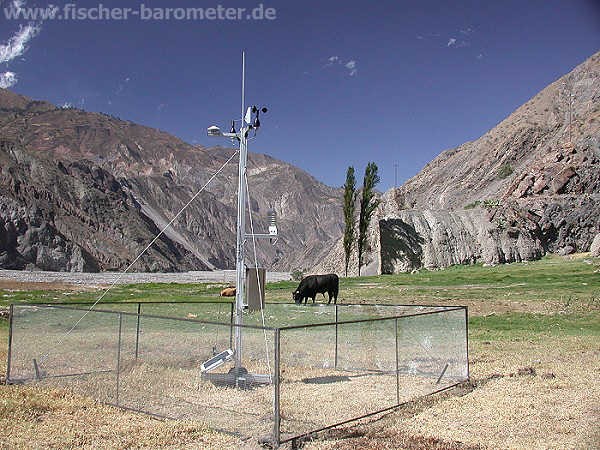Few scattered observations and recent model calculations suggest that there exits a diurnal circulation of the Altiplano in the Andes mountains with inflow below crest heights of the bordering mountain massifs during the day and presumably weak outflow during the night. The observed minimum of total ozone above the Altiplano may owe its existence to this flow structure. It was observed this circulation directly by sounding the atmosphere in selected mountain passes where the inflow must be strongest. Pilot balloons and recently developed remotely piloted aircraft (RPA) are used to obtain vertical profiles of wind speed and direction, temperature and humidity, which will allow us to estimate the diurnal inflow of mass and humidity towards the Altiplano. Flow characteristics at the passes have been explored. In addition, measurements of UV-radiation and atmospheric aerosol content have been made. The campaign conducted in austral winter where conditions are favourable. Moreover, quasi permanent stations are installed at these passes in order to explore the variability of this circulation throughout the year. This project is carried out by the Meteorological Institute of the University of Munich in (MIM) co-operation with the Atmospheric Physics Laboratory (LFA) of the Universidad Mayor de San Andres in La Paz (UMSA).
The meteorological stations were projected and delivered by FISCHER (Germany). They include:
- Air humidity and temperature sensor with protection ventilated
- Wind direction and velocity sensors
- Atmospheric pressure sensor
- Pyranometer CM 11

